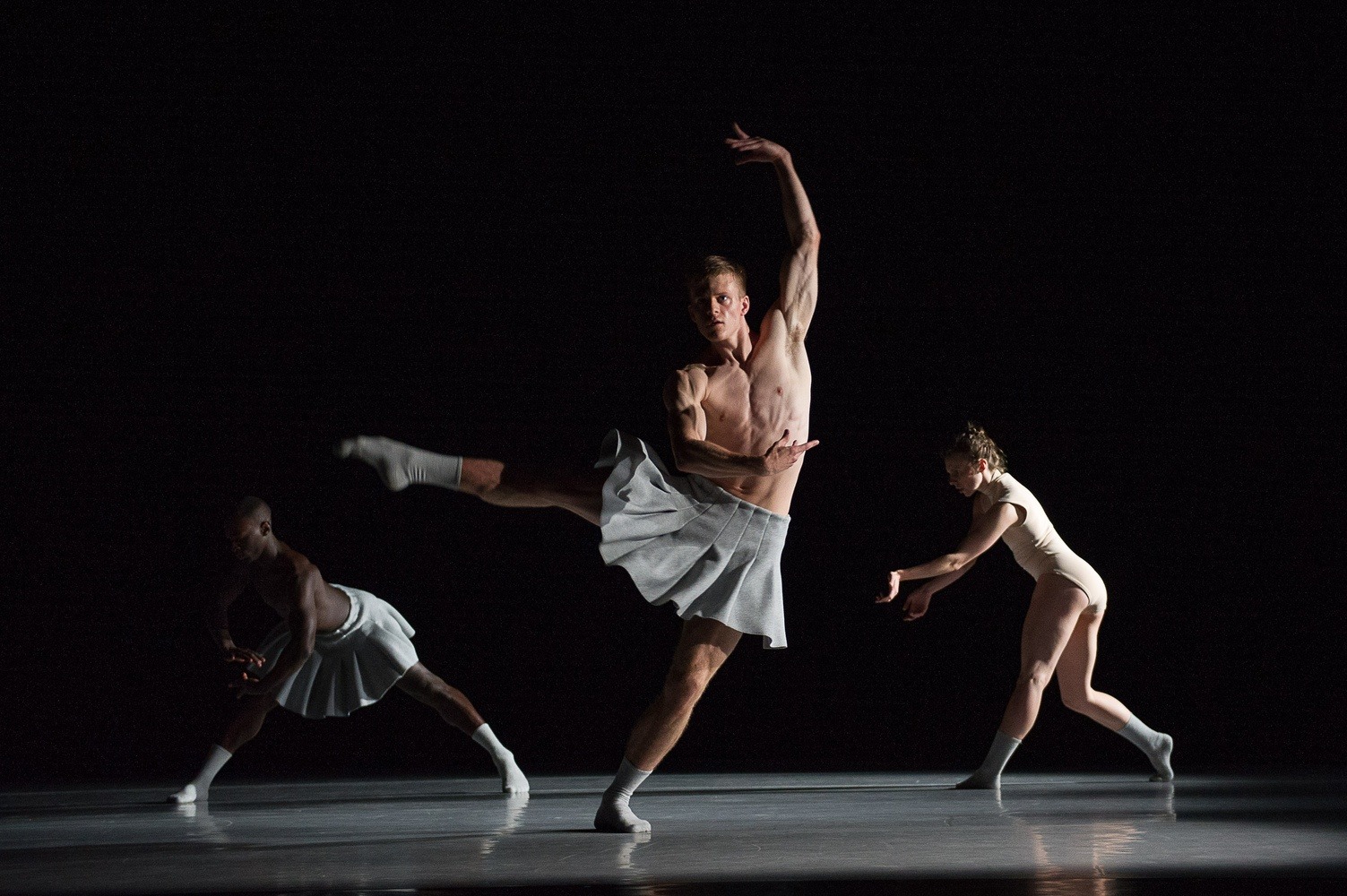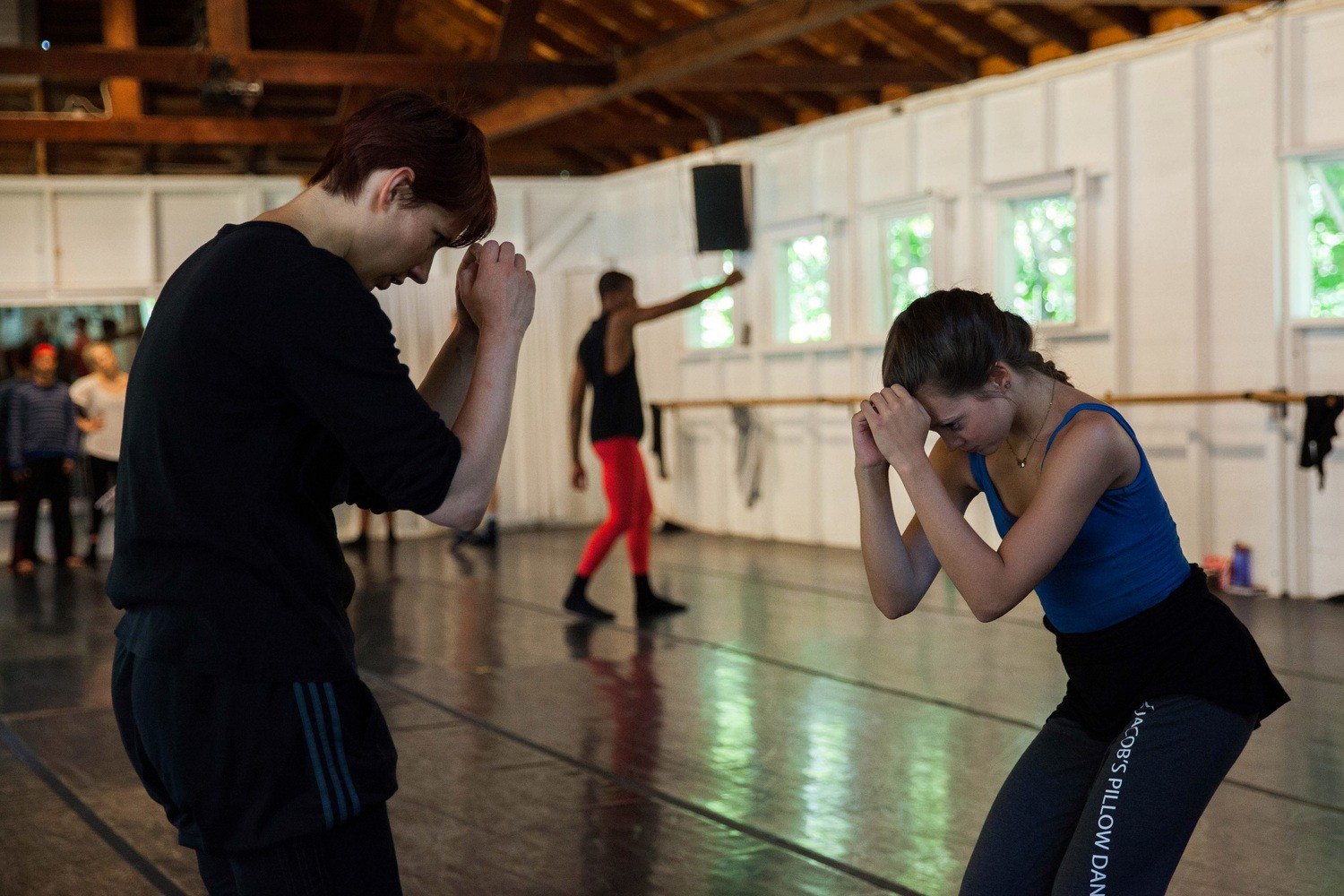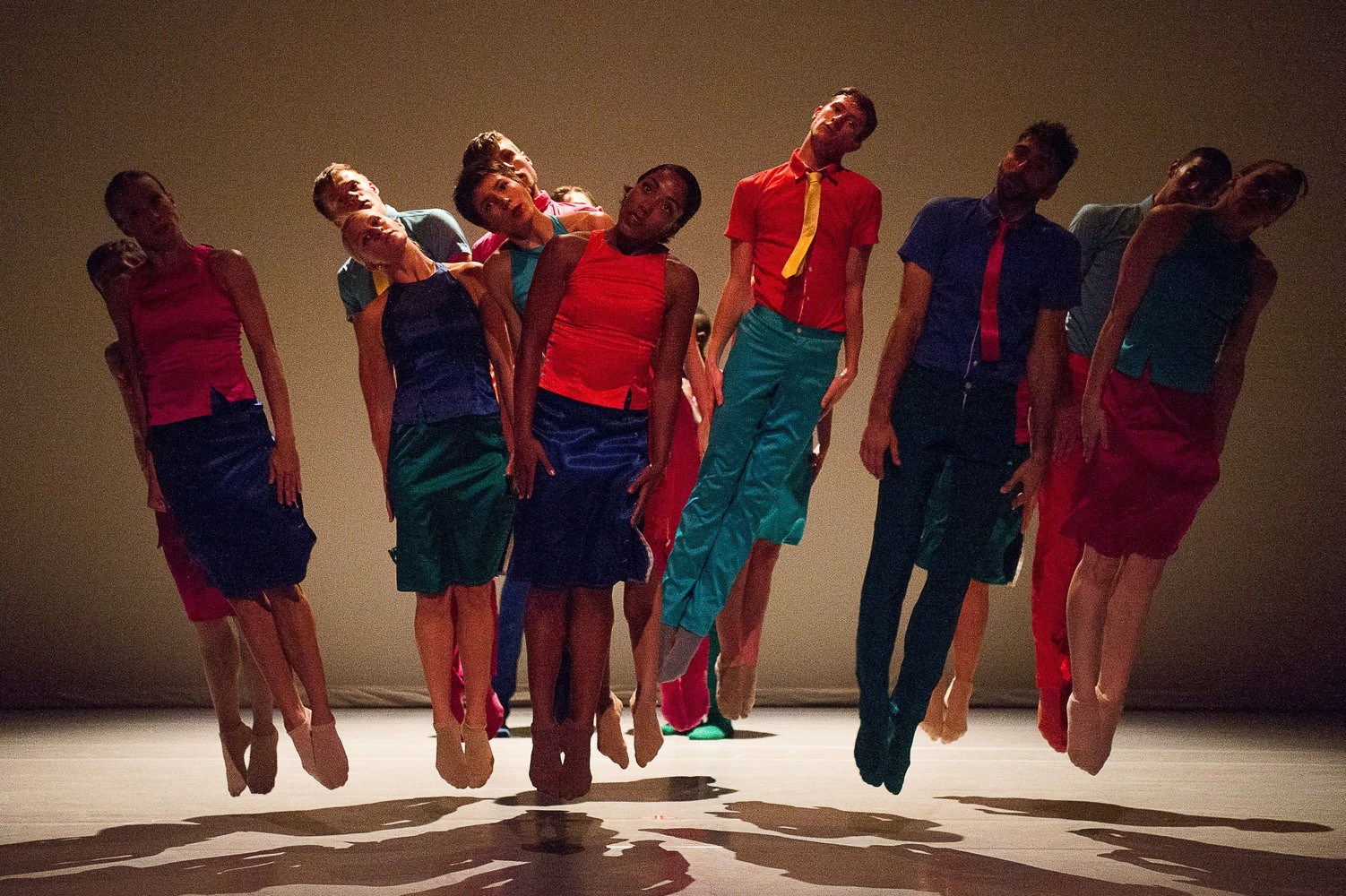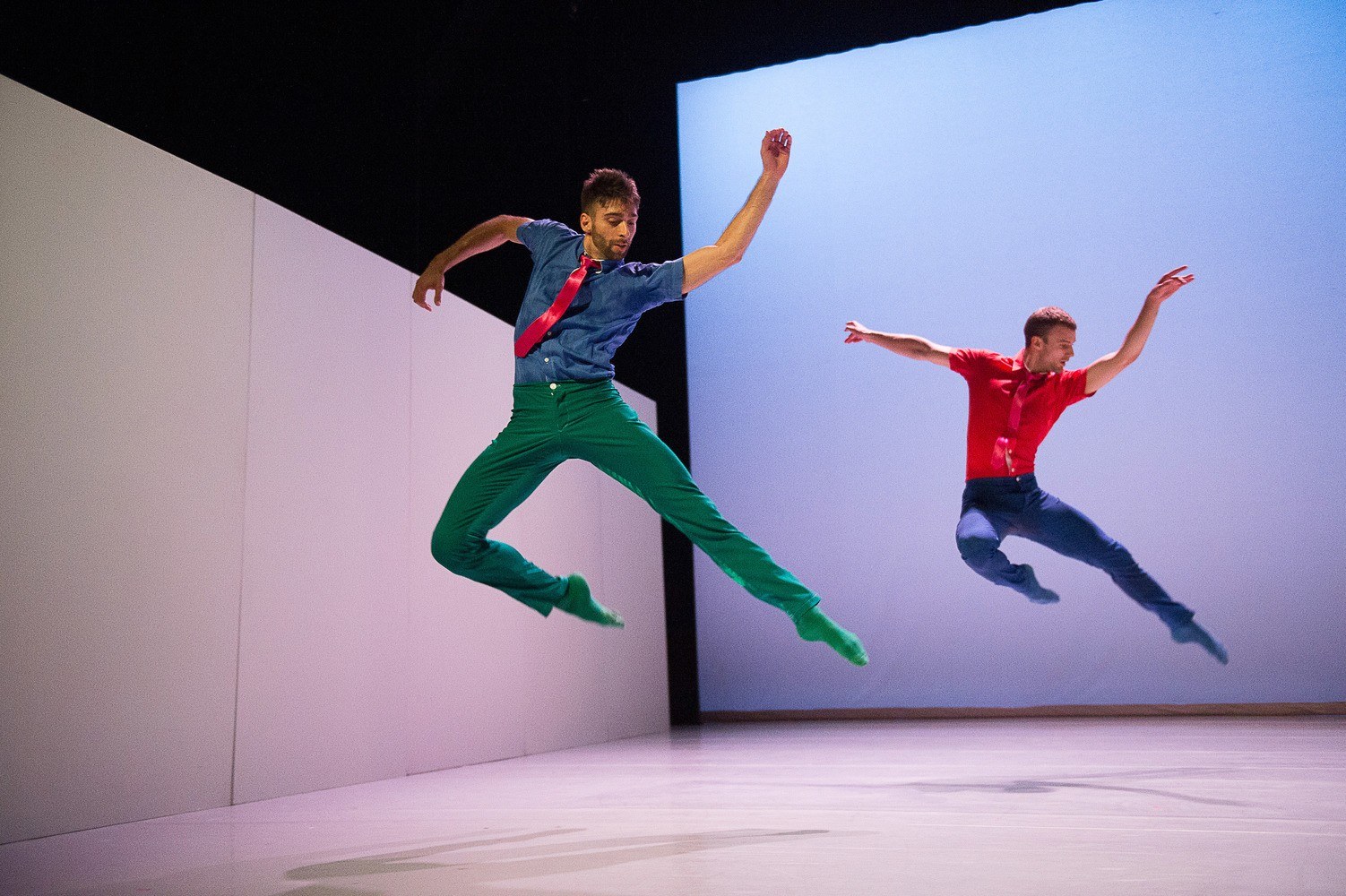Introduction
Despite the ballerina’s place on center stage in performance, a majority of major ballet companies turn the spotlight on men to perform the role of artistic director. Emily Molnar, artistic director of Ballet British Columbia, is an altogether too rare example of a woman leading a major ballet company. A dancer turned freelance choreographer, Molnar holds her newest position with great success.
Ballet BC has a history—or herstory—of women paving the way for Molnar. Founded in 1986 by Jean Orr, David Y. H. Lui, and Shelia Baggs, Ballet British Columbia (Ballet BC) became Vancouver’s signature ballet company, coming after Ballet Horizons and Pacific Ballet Theatre. Founding artistic director Annette av Paul had trained with the Royal Swedish Ballet and performed with Les Grands Ballet Canadiens before becoming the artistic director of Ballet BC. Her experience and connections with both the Canadian and international ballet worlds served the emerging company well. Subsequent artistic directors included John Alleyne, whose own choreography and imaginative commissions helped to bring a contemporary feel to the company. It was during Alleyne’s tenure as artistic director that the company first appeared at Jacob’s Pillow, in both 1993 and 1995.
Career
In 2009, Emily Molnar stepped into the role of artistic director and re-imagined what a ballet company might look like in the 21st century. It was not an easy time to take on a leadership role in this particular arts organization. Financial difficulties had resulted in the laying off of both artistic and administrative staff, and it seemed that Ballet BC might not survive. Molnar, however, had other ideas. As a dancer, her connections to the ballet world were both internationally impressive and regionally celebrated. After performing with the National Ballet of Canada and Frankfurt Ballet (under the artistic direction of William Forsythe), Molnar danced for four years with Ballet BC. Molnar recalled that her time dancing with Forsythe as “inspiring, challenging, and stressful, because the choreographer put so much responsibility on the dancer to create, improvise within the works, and bring his pieces to life.” Janet Smith, “Ballet B.C. explores the challenging mindset of William Forsythe” The Georgia Straight, Vancouver’s News & Entertainment Weekly. March 18, 2015
Up until that point, Molnar had a career that many young girls dream of but few women achieve. But then she made a relatively rare decision for a ballerina; she left the stage and the company to become a choreographer, making work for companies for companies both in Canada and the United States. Among the companies who have danced her work are Alberta Ballet, Cedar Lake Contemporary Ballet, and Morphoses. In her artistic director role, Molnar is one of a handful of women to serve as artistic director of a ballet company. (It seems counterintuitive that there would be such a small number of women in leadership roles in the U.S. ballet world, as girls outnumber boys by an enormous proportion in the serious study of dance.)
Molnar attributes part of her success as an artistic director to her time dancing with Forsythe and his emphasis on individuality, stating, “That’s why so many people out of the company are directing or choreographing: he asks you the questions and he creates a freedom for a performer.” Janet Smith, The Georgia Straight. This career path can also be seen in fellow Ballet BC alum choreographer Crystal Pite, who similarly discovered an artistic mentor in William Forsythe, first as a dancer, now as a choreographer.
Vision
For Molnar, ballet in the 21st century doesn’t look the way it did in the 20th. century. From the beginning, Molnar had a clear vision for what the company would look like under her leadership. What she has promised Vancouver, stating it again and again in Canadian newspaper interviews, is “contemporary ballet rooted in classicism, and pushed to the boundaries.”
Molnar set herself a very particular goal when she choreographed Aniel (2012), seen at the Pillow in 2013. She wanted to do something lighthearted. From the brightly colored costumes to the jazzy music, the work feels like a 1960s vintage party, as imagined in the ‘80s, with a totally present day feel. Once Molnar committed to her theme, she sought music that would inspire her to work in a less familiar expressive range. She cites the music—American composer John Zorn’s Book of Angels—as a great source of inspiration. His work, as the New York Times describes it, “crosses just about every stylistic boundary imaginable: jazz, classical, klezmer; from caustically noisy to sweetly lyrical.” Ben Sisario, “Lionized, but Restless as Ever: Turning 60, John Zorn Sees His Eclecticism as a Musical Norm.” New York Times, July 10, 2013
This work explodes with dancing, with a motif of celebrating both the soloist and the group. This emphasis on the soloist is in keeping with Molnar’s mission as artistic director, as she reports that one of her goals is to encourage the dancers to be “full collaborators in the creative process, to feel a sense of responsibility for the quality of the work onstage.” Aniel, with hints at character displayed by the dancers, is human and humorous. They flaunt their ballet chops, with extravagant leaps, precise execution, and clarity of line, but not at all in a way that feels classical. In the post-performance discussion, Molnar described her interest in Zorn’s improvisational practice, which matches a choreographic approach that she often uses. She also talks about the role of humor in the work.
In making choices as artistic director, Molnar has taken risks, seeking works from choreographers throughout Europe to demonstrate the dancers’ versatility. Some of the choreographers—such as William Forsythe and Finland’s Jorma Elo—are well known in the United States and Canada. Others such as Johan Inger and Medhi Walerski, both of whom have danced with Nederlands Dans Theater, and resident choreographer Cayetano Soto are a treat to discover.

A striking common denominator of the works that the company has performed at the Pillow is that the choreographers have studied both modern dance and ballet, developing skills in improvisation and choreography alongside their ballet training. Those elements can be seen in excerpts from Ballet BC’s return to the Pillow in 2015.
In that same summer, Molnar taught in the Contemporary Program at The School at Jacob’s Pillow, challenging dancers much as she had been challenged by Forsythe as a young ballerina.

Ballet’s roots go deep, with traditions that could keep us looking ever backward, recalling the riches of the past. But, ballet is not fixed. Molnar herself has said:
My interest is to be a part of taking the art forward; to make sure that dance remains a valid art that’s going to last."
As an institution, Ballet BC builds on its past and looks to the future. But the dancing with Molnar at the helm? Always alive and in the present.
PUBLISHED March 2017

